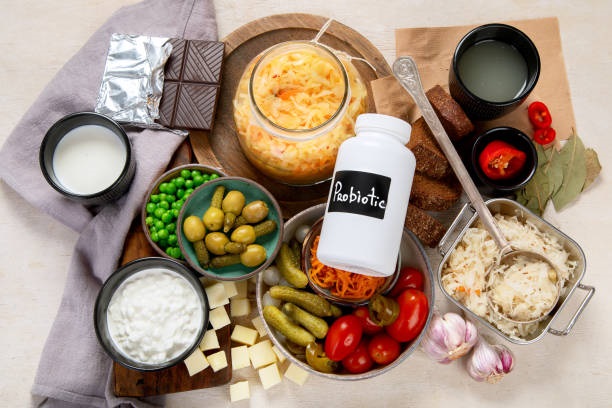
Micro-workouts involve high-intensity, efficient movements performed in a short time frame. They are ideal for busy people who struggle to commit to long exercise sessions.
These quick routines can be done anywhere without special equipment, making them accessible for home, office, or travel.
The focus is on maximizing effort in minimal time, ensuring you still burn calories and build strength despite the brief duration.
A major advantage of micro-workouts is their flexibility. You can fit them into breaks during work or daily chores without disrupting your schedule.
Even five minutes of exercise can boost circulation, improve mood, and increase mental alertness. Over time, these small bursts add up to significant health improvements.
They are also a great way to maintain consistency, which is key for long-term fitness results.
Short, intense exercises trigger metabolic benefits similar to longer workouts. They engage multiple muscle groups and elevate heart rate quickly, leading to efficient calorie burn.
Studies show that brief but frequent physical activity can improve cardiovascular health and endurance. This makes micro-workouts a practical choice for long-term health maintenance.
They also help regulate blood sugar levels, improve oxygen delivery to muscles, and enhance flexibility.
You can fit micro-workouts into your morning routine to jumpstart metabolism and energy.
Midday sessions help combat fatigue, especially during work-from-home or office hours, boosting productivity and focus.
Evening micro-workouts can serve as stress relievers, helping you wind down while maintaining fitness progress.
A simple five-minute routine could include squats, push-ups, jumping jacks, lunges, and planks. Perform each exercise for 50 seconds with a 10-second rest in between.
Another option is high-intensity interval training, alternating between fast-paced movements and short rest periods.
Bodyweight exercises, resistance bands, or light dumbbells can be used to increase intensity and variety.
Beginners can start with low-impact moves like wall push-ups or seated leg raises.
Intermediate exercisers may add more challenging movements like burpees or mountain climbers.
Advanced participants can increase intensity with plyometric exercises and weighted resistance for maximum results.
Doing multiple micro-workouts across the day can provide the same benefits as a single longer session.
You might do one routine in the morning, one in the afternoon, and another in the evening for consistent activity.
This approach keeps energy levels stable and supports weight management without long, tiring workouts.
Strength-focused micro-workouts include push-ups, squats, deadlifts, and resistance band exercises.
Performing controlled, deliberate movements in short bursts helps build muscle without overtraining.
These routines are perfect for people who want to tone and strengthen without spending hours at the gym.
Cardio-based routines focus on keeping the heart rate elevated. This includes jumping rope, sprint intervals, or quick-paced bodyweight exercises.
Even short cardio sessions improve heart health, stamina, and calorie burn.
Incorporating them daily boosts endurance and helps maintain a healthy weight.
Because micro-workouts are short, they feel less intimidating than full-length exercise sessions.
Setting mini-goals and tracking progress can help maintain motivation.
Involving a workout buddy or using fitness apps adds accountability and fun to the process.
Over time, consistent micro-workouts improve strength, flexibility, cardiovascular fitness, and mental health.
They help reduce stress, improve sleep quality, and enhance overall quality of life.
Small daily efforts accumulate into significant, sustainable health benefits, proving that short workouts truly work.

This post has been published by the admin of our website, responsible for content management, quality checks, and providing valuable information to our users.


